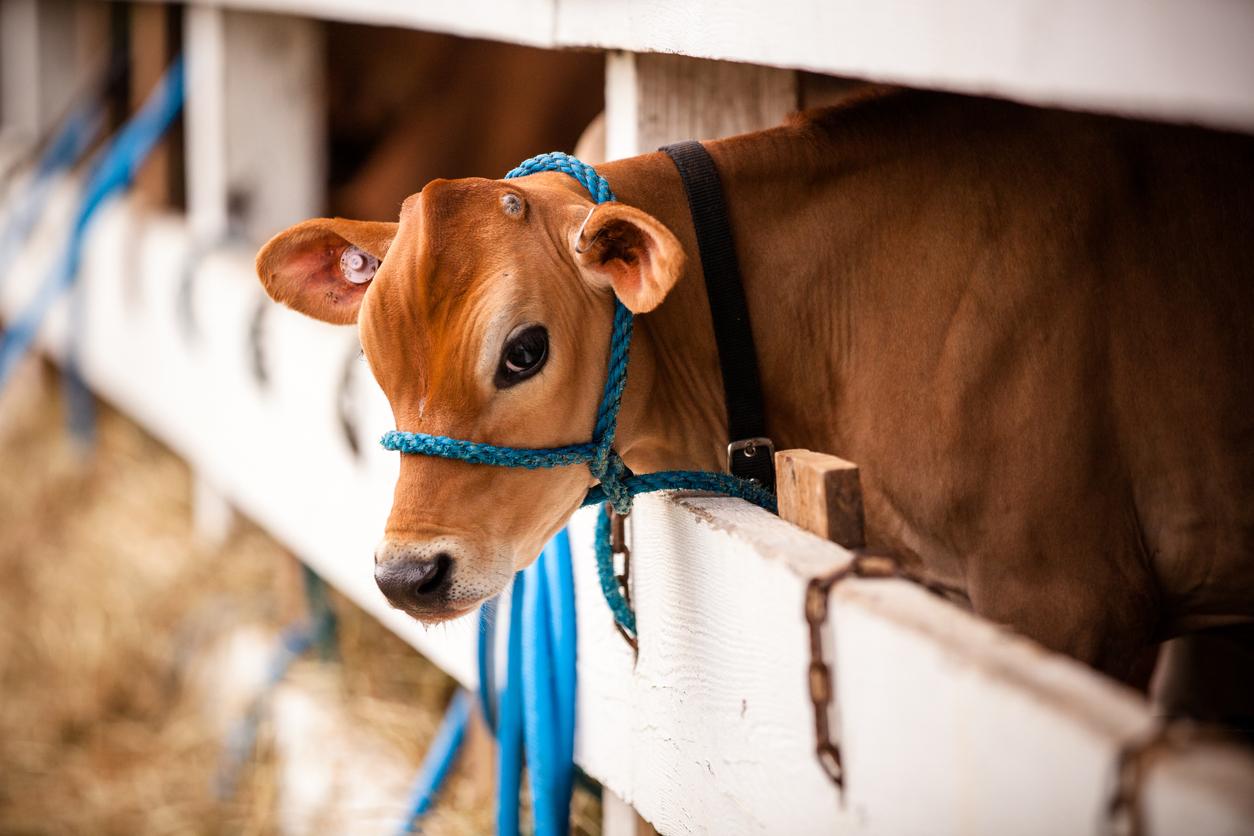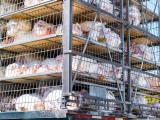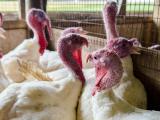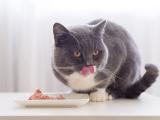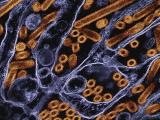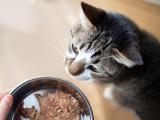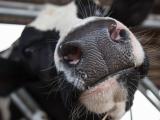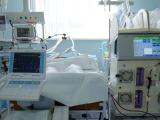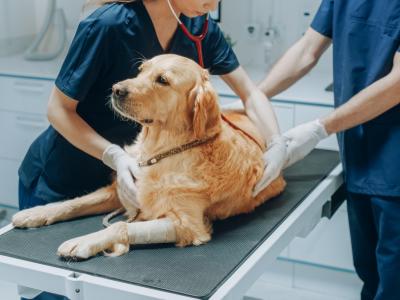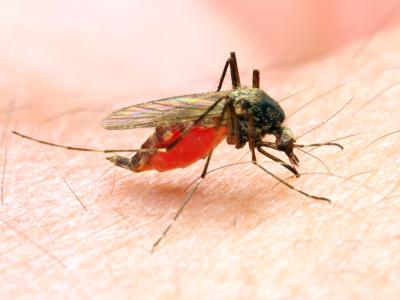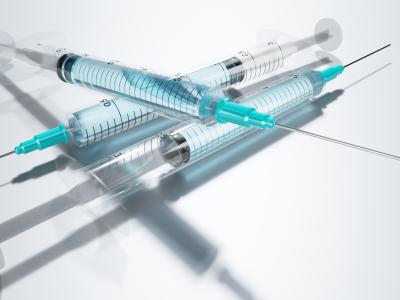In the next 6 to 10 weeks, hundreds of state and country fairs will take place across the United States, and thousands of Americans will attend agricultural shows, walk through barns, watch dairy cattle be milked, and even observe an animal giving birth.
But veterinarians, public health researchers, and scientists are unclear to what extent—if any—the recent explosion in cases of H5N1 avian influenza in dairy cattle will affect animals on exhibition or pose a threat to human health. H5N1 is deadly to poultry, but causes mild to moderate symptoms in the bovine population. So far, humans who have been infected with H5N1 via contact with infected cows have also exhibited mild illness, but case numbers in humans remain low.
For decades, Andrew Bowman, DVM, PhD, from the Ohio State University, the swine-human interface has been at top of mind at county, regional, and state fairs in the United States.
“What we do at fairs kind of violates every tenet of biosecurity that we preach, and we do it on public display, and we charge the public,” Bowman told CIDRAP News. “As great as fairs are for agricultural education, they create situations with multiple species from different farms housed in one spot.”
Bowman likens state and county fairs to the Southeastern Asian live-animal markets, so often seen as epicenters for zoonotic spillover events.
We act like that sort of thing doesn’t happen in the US.
“We act like that sort of thing doesn’t happen in the US,” said Bowman. “But it does happen on a different scale, and every county across the Midwest does the same thing.”
Focus on dairy cows is new
Bowman said that while every year poses variant flu risks linked to swine, something the Centers for Disease Control and Prevention monitors, this year will be challenging because H5N1 has now been implicated in 172 outbreaks in 13 states, with more than a dozen human cases in agricultural workers. All human cases have been mild, with case-patients recovering fully.
“Are we giving the opportunity for H5 to reassort with endemic swine virus?” he asked. “We know we have fairly regular incursions of influenza in pigs and maybe it becomes a pig-adapted virus.”
Moreover, the transmission dynamics of H5N1 in cattle are still not clear.
“We don’t totally understand transmission at this point, and don’t have great control measures,” said Bowman. It's clear to most scientists that milk and milking equipment plays a role in the current transmission dynamics, but respiratory spread between cows could also be happening, said Bowman.
Jim Lowe, DVM, the state fair veterinarian for Illinois and an associate professor at the University of Urbana-Champaign, will be watching for transmission dynamics when the Illinois state fair starts on August 5.
Per protocols from the United States Department of Agriculture (USDA), all show cattle traveling interstate will be subjected to H5N1 testing 7 days before the fair starts.
Lowe said they will be following that protocol but mostly watching the animals.
“I don’t know what to think about it,” said Lowe. “We’re going to pay attention, and that’s a big change for us; normally you don’t do much for the dairy cows.”
Milking parlors, stages, pose biggest risk
Each state fair and fairgrounds has its own challenges, Lowe explained. In Illinois, beef and dairy cattle are shown days apart, and the layout of the barns has dairy cattle fairly separate from other species. But milking banks and stages, where multiple cows use the same milking equipment, are common in fairs. If transmission happens, it’s likely going to be there.
Last week, the University of Minnesota Extension service released guidance on cow exhibits, which recommends that people keep lactating cows away from public events such as fairs. Because raw milk is known to have the highest concentration of H5N1 virus, the Extension program is recommending that lactating cows not attend fairs.
“Milking is often done in a shared parlor and may involve shared equipment, which is an efficient way to spread H5 influenza. Although closing the parlor seems like a logical control step, that strategy will simply spread the virus source since the lactating cow must still be milked, which is now likely to be done in the cow’s stall, and the milk must still be stored and marketed or discarded,” the Extension said.
The Minnesota State Fair has already announced that its late-August event will exclude cows and calves from the popular Miracle of Birth Center, where visitors watch animals being born, and will limit lactating cows based on the recommendations from the Extension program.
For now, Lowe is tentatively hopeful the late-summer timing of fairs will benefit from the current outbreak. He said most of the animals shown at major state fairs are likely a previously exposed population, as they have been shown at agricultural events since March.
Since 1997 avian flu has thrown us curveball after curveball.
Michael Osterholm, PhD, MPH, director of the University of Minnesota's Center for Infectious Disease Research and Policy (CIDRAP), which publishes CIDRAP News, said the H5 outbreaks in dairy cattle are part of a bigger trend in flu dynamics.
“We are really in a period of human animal interface with influenza unlike any I’ve ever known in my career,” Osterholm said. "Since 1997 avian flu has thrown us curveball after curveball.”
Osterholm said if different fairs have different rules, it’s not out of incompetence. “It’s because people just don’t know what to do.”
